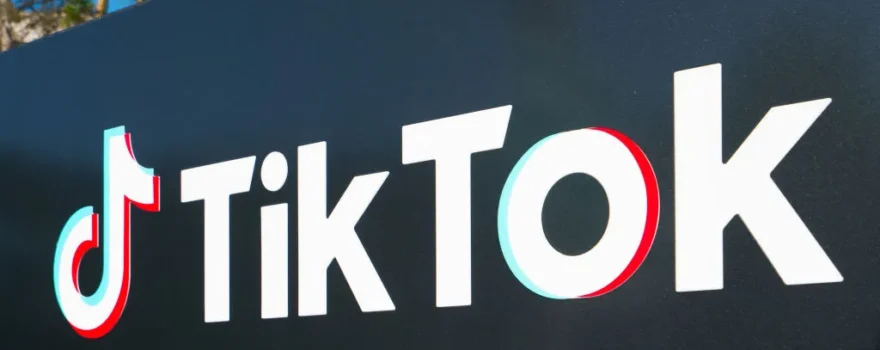
TikTok continues its efforts to turn its app into a place to shop, attracting more brands for its “Shop” initiative, which allows companies to sell their products directly in the app with full checkout options. TikTok began testing stores in the U.S. last November, and we now know that several more brands are participating in this initial testing phase.
According to an Ad Age report, companies now participating in this experiment include clothing brands such as Paxun, Revolve and Willow Boutique, as well as beauty brand Kimchi Chic. Users who want to buy products from these brands can click on the shopping cart icon in a brand’s profile to view their catalog and complete the checkout process without leaving the TikTok app.
The company confirmed to TechCrunch that the TikTok store is “still in the testing phase” in the U.S., as it has been since November, but gave no details on a timeline for a broader launch.
Although users have been able to buy products through ads in TikTok for some time, they previously had to resort to a browser in the app to make purchases. In TikTok Shop, the checkout process takes place directly in the app, making it a more natural and convenient experience. Instagram Shop works in a similar way.
Outside the U.S., the TikTok Shop has been available for about a year in several markets, including Indonesia, Vietnam and Singapore. Earlier reports indicated that TikTok had scrapped plans to open a store in other parts of the U.S. and Europe, as the company was reportedly struggling to gain traction in the United Kingdom, but TikTok believes that, given these ongoing trials, there is a market for the store in the United States. ,
In addition to the TikTok store, the company is also investing in other shopping features. Last March, the app teamed up with Instacart to allow food producers to create shopping lists linked to recipe videos. Later in June, it began testing a special shopping feed that also served as a hub for products sold at TikTok in some markets. In addition, he experimented with real-time shopping in various markets, such as the U.K. and several Southeast Asian countries.
As TikTok continues to work on shopping features, its competing apps are scaling back some of their e-commerce efforts. Instagram removed the “Stores” tab in January and announced this month that it was abandoning real-time shopping. Facebook will also close the Live Shopping feature in August 2022. Meanwhile, Amazon has been experimenting with live shopping in various markets. YouTube also introduced new Live Shopping features last May, such as the ability to stream two authors simultaneously.
But there is little evidence that these experiments are working to stimulate a significant amount of online shopping in Western markets, as is happening in Asia. Social commerce accounts for only 5 percent of e-commerce sales in the U.S., according to reports.
This may be due to cultural differences in app usage in different markets. But it’s also difficult to track all of the purchase conversions that occur because of the impact on product purchases in the social space. Some of these e-commerce transactions may not actually happen instantly, using a direct link provided by a brand or manufacturer. But video content or brand advertising can drive sales later, after a consumer views more digital ads or discovers a product through a Google or Amazon search or by visiting the retailer’s Is website.
However, the phrase “TikTok made me buy it” has become popular because of the video app’s ability to stimulate impulse sales. In fact, the word now has 7.4 billion views on TikTok, and the hashtag has 42.6 billion. In-app shopping features can not only drive these sales, but also make them trackable for brands and companies.




